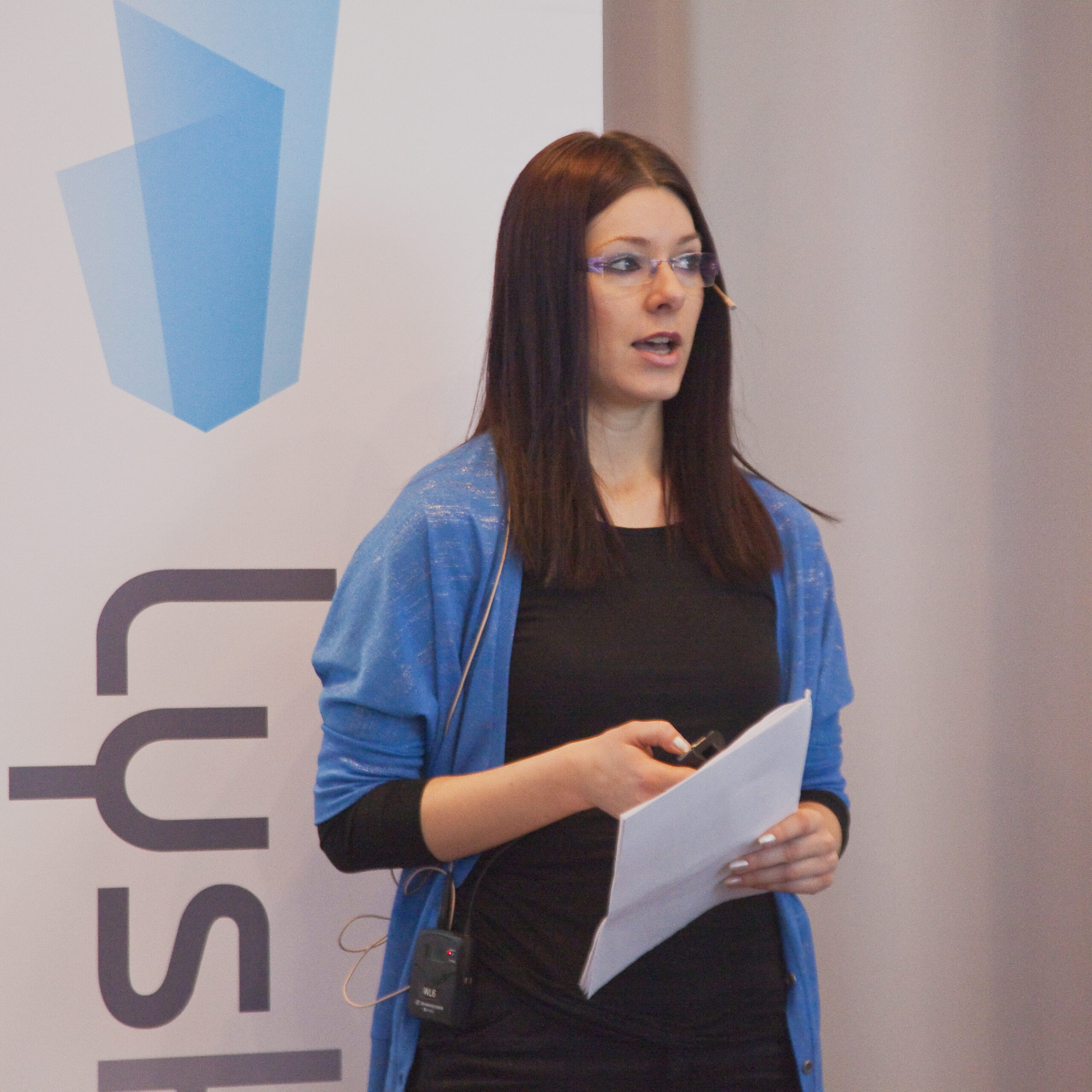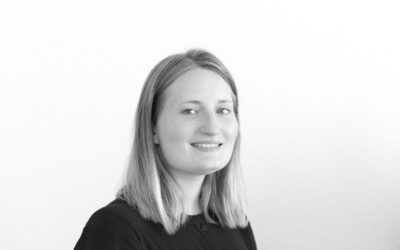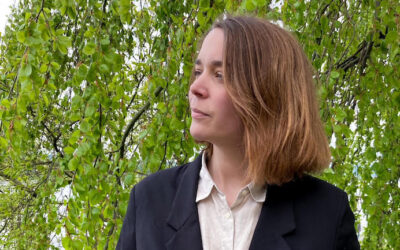The Daylight Award Community
Biljana Obradovic
Daylight and Lighting designer, Msc Architect, specialist at Norconsult AS

FEATURE
What does daylight mean to you?
For me, daylighting is the starting element to work with when developing a new architectural object. The landscape around one building, surroundings in the form of newly erected buildings, or new finishes on the facades, are all changeable elements, and the only element always there in its original condition is the characteristic daylight, defined by the solar microclimate. Our eyes provide the principal amount of information to our cognitive system, and light is an essential support for visual perception. Even a tactile or thermal feeling that people get is immediately supported by visual perception. Daylighting will thus characterize any spatial context that humans experience during the day. The first impression of the functionality of the space and its atmosphere is thus initially created by daylighting.
How did your interest in the subject rise?
My interest, especially in daylighting in buildings, developed from the concern about people spending a long time in the offices, which was also my case. In Scandinavia, low solar angle and side windows bring unavoidable issues with visual comfort. People are disturbed by the excessive sunlight and protect the visual comfort by closing blindes totally. Since Sun is in such low-angle positions, in high latitude areas, persist for many hours, the visual barrier on the windows is kept closed for a long time. People inside the buildings cut off daylight and the view outside. Control of the visual comfort, necessary for well-functioning of the visual perception, restricts the view out, resulting in the lack of that feeling that spatial and temporal biophilic amenities provide to people, like orientation about the weather and dynamic outside. Being aware of this complex situation, I started to think about possible solutions, which strengthened my interest in particularly daylighting systems.
How do you work with daylight in your research?
I am employed in the most prominent Norwegian consulting company, Norconsult, where I have been working with the practice of daylighting and architectural lighting, many years before I started academic research in this field. In my practice, sustainability, through the aspect of energy efficiency and carbon emissions, was always one of the considerations. In Norconsult, the interdisciplinary projects are “everyday life”, and consultants are aware of the power and importance of interdisciplinary understanding and respect to achieve sustainability goals.
During my academic research on the integration of daylight and artificial lighting, I put the problem in a broader context than pure daylight and looked at phenomena multidisciplinary. My research discussed the topic and the results looking through the issues of architectural, constructive, physical, thermodynamical nature, but also in the context of human health and well-being, biometric, and biophilic interior design.
Which project/publication describes your work the best?
I have recently worked with integrating of daylighting and artificial lighting for the new airport in the Norwegian far north, in the town called Bodø. This new airport and the development area that connect the airport with the city is one of several Zero Emission Neighbourhood (ZEN) pilot projects under the management of FMEZEN in Norway. The pilot projects are supposed to be an innovation hub to give opportunities to researchers, building professionals, energy companies, and other actors to test new solutions to reduce greenhouse gas emissions to zero on a scale of one settlement.
The new airport in Bodø is supposed to get the role of an international port for tourism of northern Norway’s landmark. The arrivals and departures from this place will give the first and last impression of the visit. This was the main thought when developing the solution with increased utilization of daylight indoors, for an energy-efficient solution, and to promote biophilic interior design lit by means of natural light. The characteristic diffuse daylight in the arrival and departure hall was intended to prolong the feeling of connection with the Norwegian intact nature, that passengers could observe through the monumental window opening to the sea landscape. The proposal for artificial lighting solution was functional lighting for the purpose, and an extension of nature outside into interiors, with the celebration of the distinctively northern areas’ “blue hour” during the polar nights.
The topic of daylighting and lighting in architecture gained my attention while I was studying architecture. This field immediately became the focus of my work, and my master thesis was the project of a Cultural Center decorated by daylight. Two people that worked on this topic have been inspiring to me. Professor Lidija Djokic, from the Faculty of Architecture in Belgrade, brought attention to this discipline for architects and founded the subject of Architectural Lighting at the University of Belgrade. Another person is Professor Barbara Matusiak, from the Faculty of Architecture in Trondheim, whose work I followed and admired, for many years, before I started with daylighting research.
The symbiosis of artificial lighting with natural light, all theirs “harmony and disputes,” is the primary interest and inspiration of my work. And any time I am invited to speak about any of the light forms, I use the opportunity to round the discourse with the conclusion about the necessity of integrating of daylight with artificial lighting.
http://dx.doi.org/10.15627/jd.2019.8
https://doi.org/10.1016/j.solener.2020.07.074
https://doi.org/10.1016/j.mex.2021.101339
https://doi.org/10.1016/j.enbuild.2021.111526
Performance of advanced daylighting systems for functional lighting in buildings at high latitudes https://www.researchgate.net/project/Performance-of-advanced-daylighting-systems-for-functional-lighting-in-buildings-at-high-latitudes






